
Stepping out into the frosty night, a dark void looms below, leading to a great gash flanked by huge brooding sentinels. Pin-prick lights mark the progress of earlier risers gradually heading for the promised land, sparkling white in the moonlight far above. Shouldering burdens, you begin the pilgrimage down into the murk.
Pushing away thoughts of the brutal slog, cold fear and shivering tedium to come, you focus your mind on the elixir of success; topping out into the setting sun, watching the distant white bulk of Ben Nevis turn red above the jagged peaks of the Aonach Eagach, and looking down to the well earned comforts that await far below.
Welcome to the winter queen of Glen Coe - Stob Coire nan Lochan.
Sitting high above the glen, framing the steep valley below, the 'affectionately' dubbed by some Stob Coire nan 'walk-in' is one of Scotland's finest winter crags, a cathedral of steep walls, grooves, ridges and gullies jutting bluntly into the sky. Now one of the most accessible and popular winter destinations, Stob Coire (and indeed the rest of Glen Coe) were relatively inaccessible to the early pioneers. Prior to the opening of the road in 1931, reaching the Glen Coe mountains required horse-drawn or foot approach from Tyndrum, or access by boat via Loch Etive or Ballachulish presenting a considerable logistical challenge especially in winter.
As in the rest of Scotland, the limited early development focussed on major ridgelines and gullies with Buachaille Etive Mor attracting the most attention. Inevitably, the first major winter foray onto the shorter and steeper cliffs of Stob Coire nan Lochan involved Harold Raeburn, who in 1907 along with the Inglis Clarks (to whose son the CIC hut was erected in memory) climbed the elegant and ever popular line of Central Buttress Ordinary Route .
Due to it's steepness and relative lack of ice compared with other crags both in Glen Coe and elsewhere, with a few exceptions - SC Gully in 1934, and Jimmy Marshall 'cutting his teeth' on Scabbard Chimney in 1956, Stob Coire didn't see a huge amount of development until mixed climbing came of age in the 1980s. Kenny Spence, Murray Hamilton and Alan Taylor led the way with their 1980 ascent of the still reckoned Tilt. Spence and Hamilton then turned their attention to the steep grooves splitting Central Buttress, succeeding on that route in 1981, with Spence (this time with Spider Mackenzie) finally succeeding on the direct summer line to produce one of Scotland's most famous mixed climbs - Central Grooves - in 1983. Ever since, Stob Coire has been a forcing ground for Scotland's best mixed climbers, from Colin Maclean and Andy Nisbet on the soaring corner of Unicorn (1985) to Dave Cuthbertson and Rab Anderson on The Duel (1999) to Neil Gresham, who in 2001 applied continental tactics to produce both a fierce climb, and ethical Tempest (M9), the first traditional ground-up ascent falling to strongman Andy Turner in 2010, at a lofty X,9 the hardest winter route in Glen Coe to date. It was then quickly onsighted by Dave MacLeod.
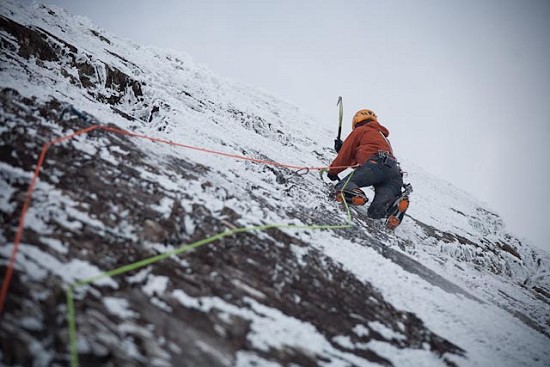

The cliffs and routes
Stob Coire offers something for everyone, from easy gullies and turfy ribs, to classic snowed up rock and desperate test-pieces. The cliffs are split into two main areas separated by the biggest gully - Broad Gully (I) which provides a quick descent if conditions allow. Viewed from the coire floor, Summit buttress on the left presents a steep flank above Broad Gully cut by the slanting groove lines of the popular Scabbard Chimney (V) and slightly trickier Spectre (V).
Right of Broad Gully lies one of Scotland's most popular (and populated) winter routes - the broken rib of Dorsal Arete (II), easily identified by it's near permanent occupation. Right again, more broken ground containing among others the classic 'non-gully' of Twisting Gully (III) is abruptly interrupted by the steep bulk of south buttress, home to among others the classic thrutches of Chimney Route (VI) and Tilt (VI), the superb and unlikely Inclination (VII) and the great corner of Unicorn (VIII).
The deep confines of SC Gully (III) separate south buttress from central buttress, home to a superb trilogy of grade VII mixed test-pieces - East Face Route Direct, Central Grooves and Central Buttress are all among the best routes of the grade in the country. To their left, the more mellow, though equally good and justifiably very popular curving ridge-line of Ordinary Route (IV) gives an excellent introduction to Stob Coire mixed climbing.
Lastly, separated by the straightforward NC Gully (I/II), the shorter north buttress holds a selection of excellent steep mixed climbs including the fine exposed arete taken by the infamous 'introduction to snowed up rock climbing' - the excellent, and fortunately excellently protected Crest Route (V).
Crag conditions:
The brutal climb from the valley has the advantage of putting the crag base at around 900m, so for a crag so close to the sea Stob Coire nan Lochan is reasonably reliable, though by no means always 'in'. As the crag takes little drainage, the gullies rely on snow build-up to form so need a decent dump and a few freeze thaw cycles to come into condition. The steeper mixed climbs come into condition more rapidly, though being turfy a good freeze is needed and the steepness of the crags means they can be reluctant to hoar up - a good northerly blizzard brings the best results. The open nature of the crag means that sunny late-season days can quickly strip the walls of snow, though some of the mixed routes - e.g. Scabbard Chimney (V) , Chimney Route (VI) and East Face Route Direct (VII) can ice up and survive a bit better.
Hazards:
While the rock is generally solid, there are a fair number of perched flakes and blocks that benefit from being well frozen in place, and the ledges are very loose requiring care if not covered with neve. Broad Gully is a notorious avalanche blackspot, and care is also required on the steep approach slopes to the crags.
Guides and gear:
In addition to the comprehensive SMC Glen Coe guide, Stob Coire, and the other main Glen Coe cliffs, are well covered in the SMC Scottish Winter Climbs, and the Cicerone Winter Climbs Ben Nevis and Glen Coe.
In terms of gear, the mixed climbs vary from superbly protected (cams are useful including biggish sizes for parallel cracks on the harder routes) to frighteningly blank and blind - with thin pegs and/or bulldogs sometimes very helpful - in short, a big varied rack is worth carrying. For the gullies, a few screws and a small rock rack should suffice. Ropes-wise, most pitches are reasonably short, so 60m ropes aren't a necessity.
Crowds:
Due to its compact size and popularity, Stob Coire can often be swamped with climbers, with multiple teams queuing on the most popular routes. The lesser-starred routes are just as good as the classics and well worth exploring, or for more solitude Glen Coe offers plenty of quieter alternatives (see below).
Around and about:
While Stob Coire is the major attraction, Glen Coe has a wealth of other winter venues on offer, with everything from classic ice gullies and winter ridges to desperate mixed test-pieces and steep ice smears to be found.
Aonach Eagach
Probably mainland Scotland's most famous mountain ridge, the jagged Aonach Eagach forms the mighty northern wall of Glen Coe. The ridge itself (II) gives a technically relatively strait-forward, but superbly committing and exposed winter challenge, while it's steep flanks rising above the glen are home to among others the classic Blue Riband (V), one of Scotland's most unique and entertaining ice climbs.
Lost valley crags
Perched high above the hanging Lost Valley, two buttresses host a small collection of relatively unfrequented mixed routes in the IV-VII range including the modern classic Neanderthal (VII).
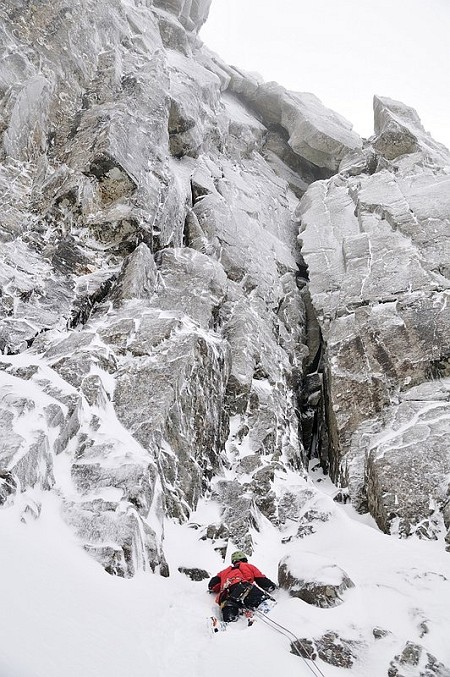
Bidean nam Bian
The south side of Glen Coe is made up of one massif, crowned by the peak of Bidean nam Bian. A long approach guards the various crags that sit under the summit, with the best probably the impressive'' Church Door buttress, home to the classic speleological excursions of Crypt Route (V) and West Chimney (V). It's worth noting that Church Door buttress has the highest cliff base in Glen Coe, some 150m higher than that of Stob Coire nan Lochan, so in marginal conditions it can often be a better bet.
Stob coire nam Beith
Lying on the western flank of Bidean, Stob Coire nam Beith presents an impressive bulk over the valley below. However, on closer acquaintance it is somewhat more broken than the neighbouring cliffs, though provides a good selection of long low-mid grade gullies and ribs.
Aonach Dubh
Dominating the view up the glen from the village, the west face of Aoanch Dubh presents a steep tiered wall cut by long gullies giving (provided a prolonged low freeze) a selection of classic ice climbs including the superb No. 6 Gully (IV), one of the best mid-grade ice climbs in Scotland.
Buchaille Etive Mor
Probably Scotland's most iconic (and photographed) mountain, due to aspect and altitude, Buchaille Etive Mor is a less reliable winter venue than Stob Coire nan Lochan or Bidean. The classic summer ridges - Curved Ridge (II/III) and North Buttress (IV) are just as good in winter garb, while on the gullies front Crowberry Gully (IV) and Raven's Gully are the classic Cold Climbs ticks.
Eilde Canyon
With a low and long enough freeze, the recently developed icefall venue of Eilde Canyon looks well worth a visit or three.
Photos: Ice routes in Eilde Canyon
Ice factor
As a last resort to fulfilling the need to play with spiky toys when the Atlantic weather has rendered the hills bare and soggy, the Ice Factor in the old aluminium smelt in Kinlochleven provides zero walk-in ice and plastic climbing and a cafe for spectating.
Logistics
Approach
Glen Coe is owned and managed by the National Trust for Scotland who do a great job of keeping all the paths and bridges in good repair given the amount of traffic they see.
The A82 cuts through the bottom of the valley, with several fortunately large parking spaces providing the departure point to all of the mountains and climbs. Car is the easiest method of access, but Glen Coe is also served by the Glasgow to Fort William coach service who if asked nicely have been known to drop climbers off in the glen itself rather than the village.
Food and Drink
Located at opposite ends of the glen, the Clachaig Inn and Kingshouse Hotel provide the traditional post match analysis and re-hydration venues.
Accommodation Advertise here
No Premier Listings found in this area
Accommodation-wise, as befits a major (in mountain terms) tourist destination, there are plenty of options to suit all budgets. Located on the old road between the Clachaig and the village is the Glen Coe youth hostel plus another bunkhouse and campsite. The village (and surrounding area) also has a wealth of B&Bs and cottages to rent.
The village has a small collection of shops and tea-rooms, including a small food store, climbing shop and post office. More options are available in nearby Ballachulish, and in Kinlochleven, with the 'metropolis' of Fort William not to distant.
Instructor/Guides Advertise here
No Premier Listings found in this area
Outdoor Shops Advertise here
No Premier Listings found in this area
About Viv Scott
Growing up in London, Viv moved to Scotland for university seven years ago where he continues his apprenticeship in the bizarre world of Scottish winter climbing with many repeats and the odd new route. Further afield, Viv has made regular visits to the Alps and has been on a couple of trips to the Alaska Range, climbing the classic North Buttress of Mount Hunter with Tony Stone and Steve Fortune in May 2009. Despite his focus on wintry things, he probably most enjoys a cold beer after a days cragging in the sun.
- REVIEW: Mountain Hardwear Mixaction and Seraction Jackets 16 Dec, 2014
- Lochnagar - Winter Destination Guide 17 Nov, 2014
- REVIEW: Petzl Sirocco Climbing Helmet 4 Aug, 2014
- REVIEW: Patagonia Adze Jacket 17 Jun, 2014
- Blue Ice Warthog 38 Rucksack 21 Aug, 2013
- Petzl Lynx and Black Diamond Stinger Crampons 6 Mar, 2013
- Marmot Ama Dablam Jacket 14 Dec, 2012
- Sea To Summit Micro McII Sleeping Bag 8 Nov, 2012
- Black Diamond Ultra Distance Trekking Poles 16 May, 2012
- Mammut Eiger Extreme Nordwand TL Boots 19 Feb, 2012


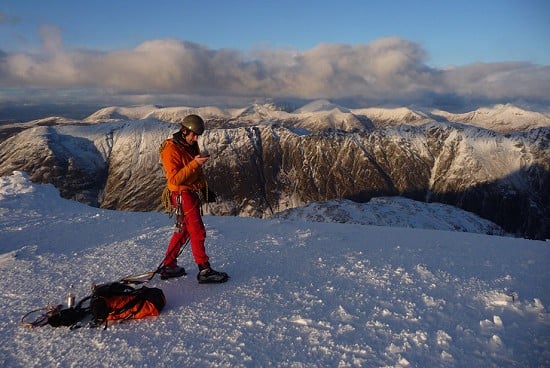


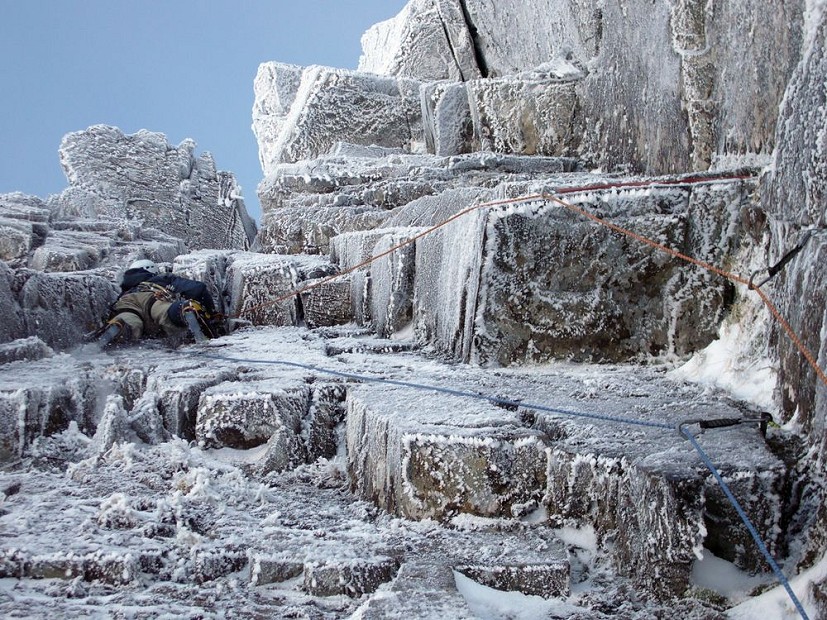
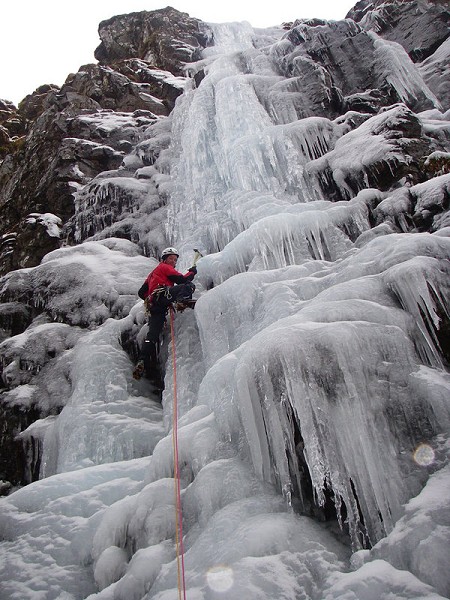
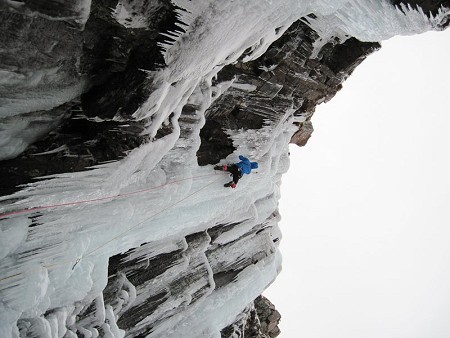





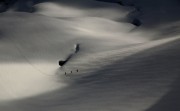


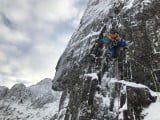

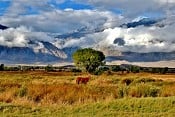

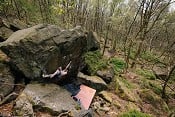
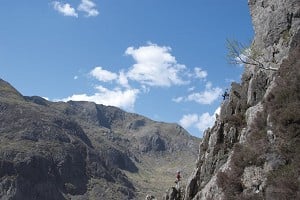




Comments